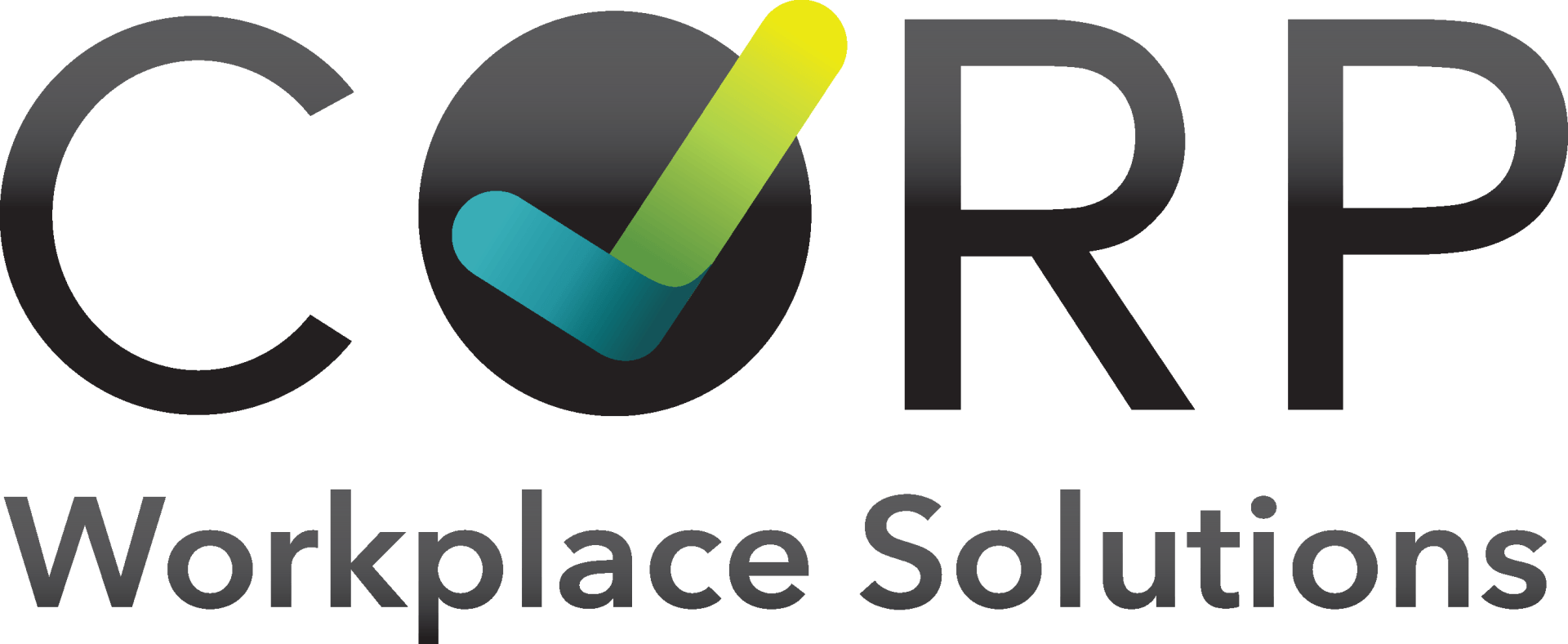What is Emotional Labour?
Emotional Labour is defined as the effort put toward maintaining emotional composure which deviates from our true feelings. It was initially labelled by Hoschschild as "the management of feeling to create a publicly observable facial and bodily display [that is] sold for a wage" (1983, p.12).
There are two subcategories of emotional labour: surface acting "fake it till you make it" and deep acting "internalising the emotions".

How emotional labour manifests at home and in the workplace:
At work, employees may be expected to perform emotional labour tasks when interacting with others. Common examples include:
- Being instructed to smile while at work
- Dismissing your personal reactions when somebody is hurtful toward you
- Being punished for emotions, e.g. crying at work
At home and in relationships, people may feel obligated to suppress their emotions. Common emotional labour examples in these situations include:
- Burying your true feelings to avoid arguments
- Feeling pressured to support your partner even if it jeopardises your emotions
- Taking on the household mental load, like cleaning or childcare, and not having your effort reciprocated
How does this apply to me?
It is widely accepted that employment requires physical and mental work. But perhaps a more hidden reality is that jobs also require emotional labour: an employee's expression of organisationally desired emotions.
If you have ever worked in a place where you must falsely express your felt vs displayed emotions, there is a high chance you have experienced the emotional labour of maintaining that 'professional composure'.
One example of a role which depends upon emotional labour is teaching. Second to knowledge and instructional skills, emotional labour output was seen as a driving force in perceived student engagement (Buric and Wang, 2024). Further, Rogers et al. (2014) found that in medical practitioners, this consistent output of surface emotional labour which can lead to emotional dissonance, low satisfaction at work, people pleasing and eventually, burnout.
What predicts emotional output?
- The type of job you are undertaking
- The frequency of needed emotional labour
- The variety of emotions needed in the role
- The intensity of the emotions required
- The expectations which people place on you
- A lack of personal boundaries around emotional labour
Recommendations if you are struggling with the emotional labour load:
Emotional labour can be exhausting, but thankfully there are some strategies you can implement to minimise the toll of emotional labour on your wellbeing:
- Reach out to your company's Employee Assistance Program: ask to speak to a professional about your emotional workload and develop some strategies together
- Take a break: studies demonstrate that taking rest breaks throughout the day can decrease stress and increase productivity (Goodwin et al. 2011)
- Practice self-care: set aside time where you are able to recharge and don't have the pressure of performing emotional labour i.e., journaling, walking, finding healthy ways to express and process your feelings
- Set emotional boundaries: be strong, saying no to tasks which you don't have capacity for and speaking up when you feel uncomfortable with the way somebody is treating you
References:
A.R. Hochschild (1983). The managed heart: Commercialization of human feeling.
Buric, I. and Wang, H. (2024). Relationships among teacher enjoyment, emotional labor, and perceived student engagement: A daily diary approach. Journal of School Psychology, [online] 103, p.101271. doi: https://doi.org/10.1016/j.jsp.2023.101271.
Rogers M.E., Creed P.A., Searle J. Emotional labour, training stress, burnout, and depressive symptoms in junior doctors. J. Vocat. Educ. Train. 2014;66;232-248.
doi: 10.1080/13636820.2014.884155.
Goodwin RE, Groth M, Frenkel SJ. Relationships between emotional labor, job performance, and turnover. Journal of Vocational Behaviour. 2011;79(2):538-548.
doi: 10.1016/j.jvb.2011.03.001. https://www.sciencedirect.com/science/article/abs/pii/S000187911100025X.






